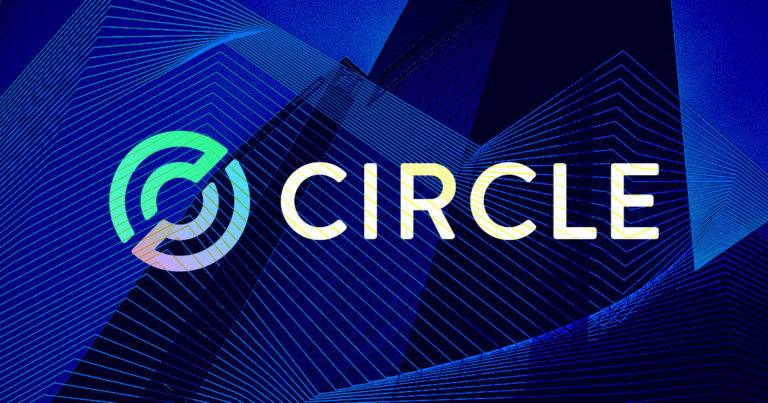On July 1, Circle co-founder and CEO Jeremy Allaire announced that the company was the first stablecoin issuer to receive regulatory approval under the EU’s Comprehensive Regulatory Framework for Crypto Asset Markets (MiCA).
Circle USDC-$1.00 and EURC will comply with the new regulations with immediate effect. This eases concerns that investors may have to redeem their stablecoins or convert their funds into other digital assets to comply with the regulations.
Allaire then announced that Circle had chosen France for the company’s European headquarters, citing France’s progressive stance in regulating digital assets and Circle’s cooperation with the French Supervisory Resolution Agency (ACPR).
Circle’s co-founders also spoke of the historic importance of the European Union’s regulatory reform, the first comprehensive regulatory framework for digital assets, which is a testament to how far the asset class has come since its inception.
“The entire concept of fiat digital currency did not really even exist outside of very early crypto circles. The concept of seeing major global laws that enshrined stablecoins into the financial system was inconceivable.”
MiCA Concerns and the Stablecoin Market
In preparation for regulatory changes in the European Union, several exchanges have announced changes to their stablecoin policies and product offerings.
In June, cryptocurrency exchange and custody platform Uphold announced the delisting of six stablecoins in an email to European users. These included Tether USDT-$1.00, Dai DAI-$1.00, TrueUSD (TUSD), Gemini Dollar (GUSD), Pax Dollar (USDP), and Frax Protocol (FRAX).
Bitstamp followed suit and delisted Tether’s EURT stablecoin the same month in anticipation of significant changes, despite being one of the first exchanges to list digital fiat tokens.
Binance has taken a similar, albeit softer, approach to the new stablecoin regulations by pursuing a “sell-only” strategy for certain stablecoin products in European markets. The world’s largest centralized exchange said it will not delist any stablecoins to European users at this time, choosing instead to label fiat equivalents as compliant or non-compliant and restrict certain market features for European customers.
- Midwestern State Wins 2025 NCAA DII Men’s Soccer Championship Final - December 15, 2025
- Jerry Rice Award History: Every Winner of the FCS Freshman Award - December 13, 2025
- When Do New Episodes of Taylor Swift’s The End of an Era Drop? | Schedule, Dates & Updates - December 13, 2025




